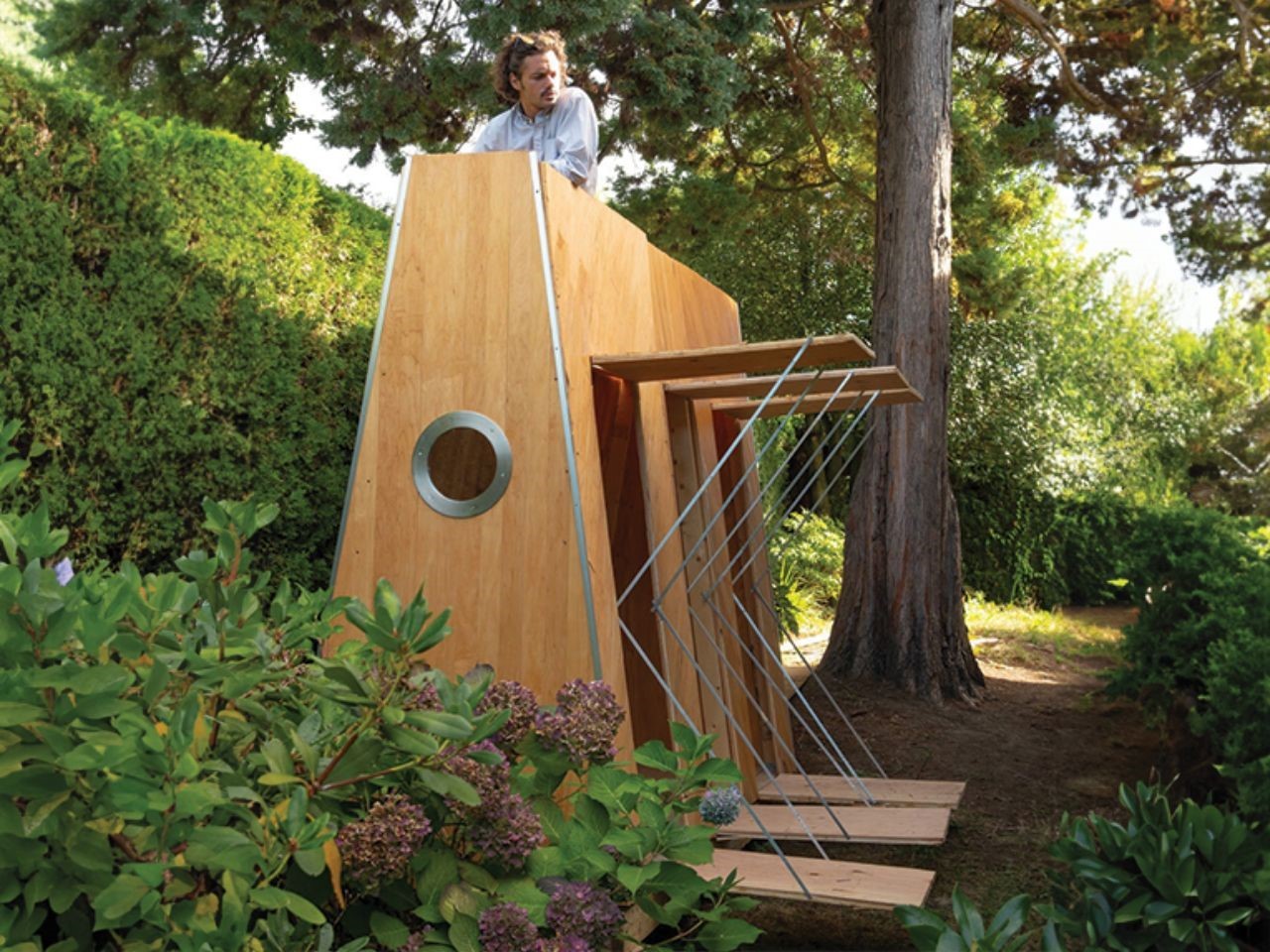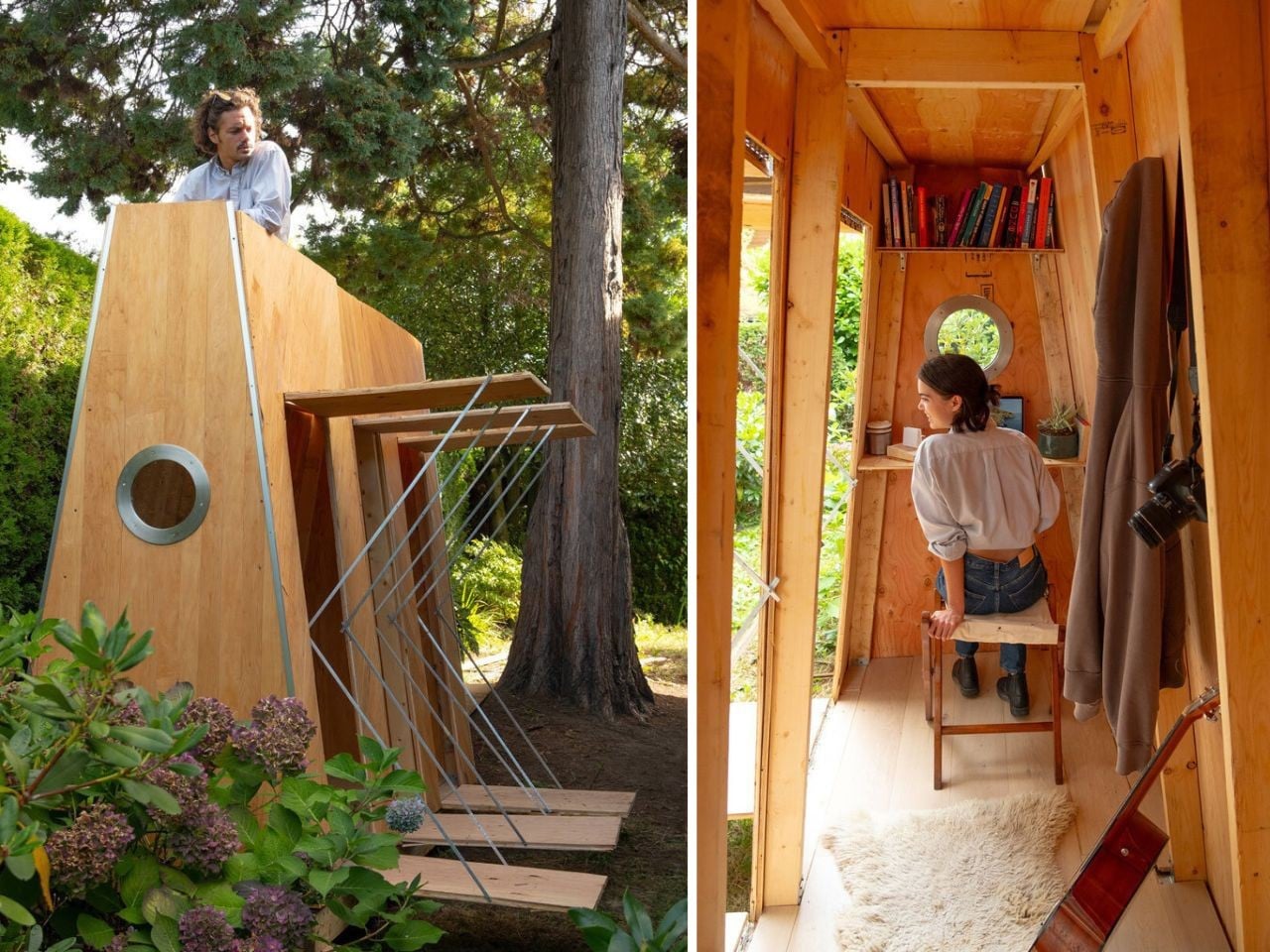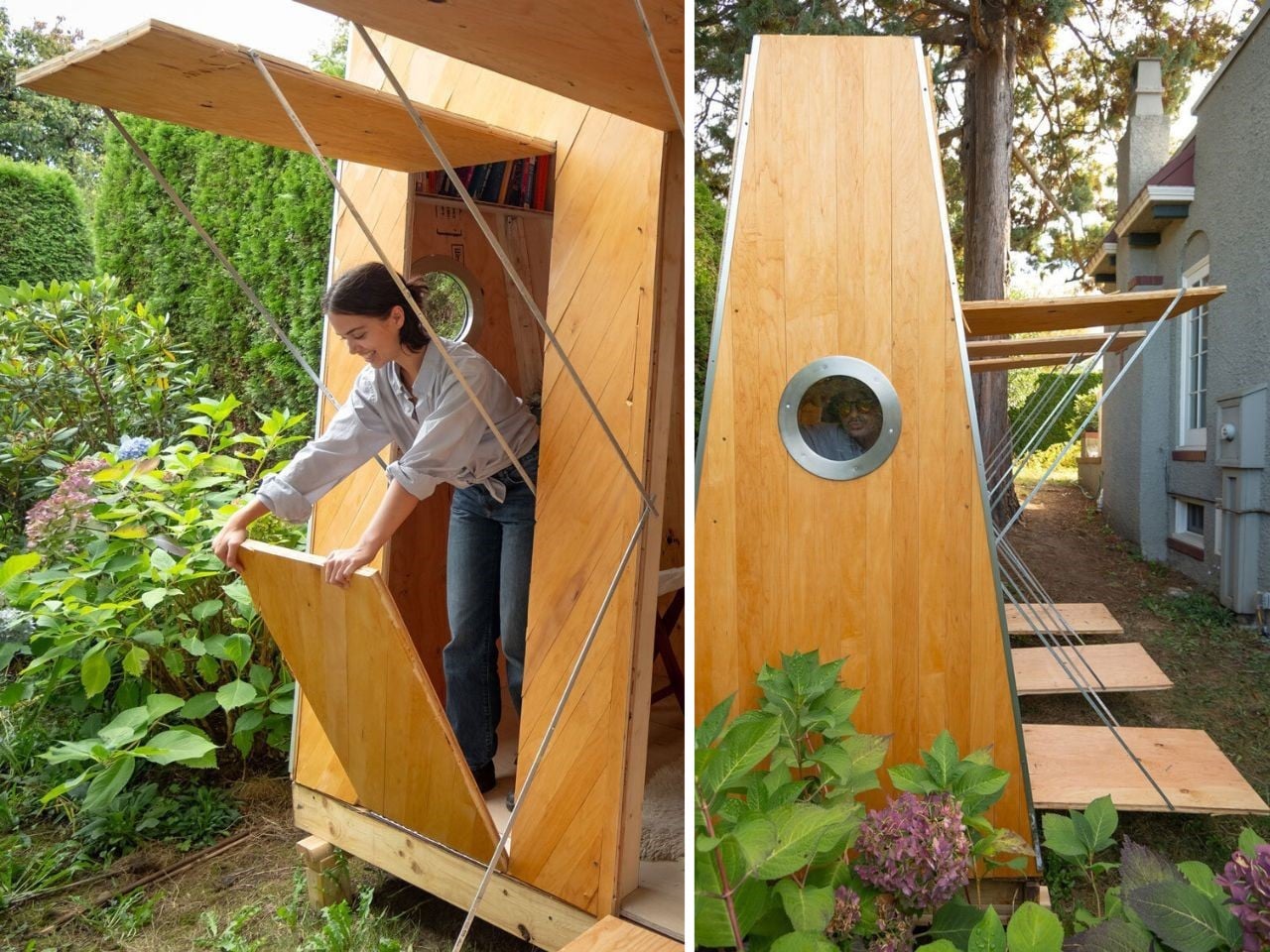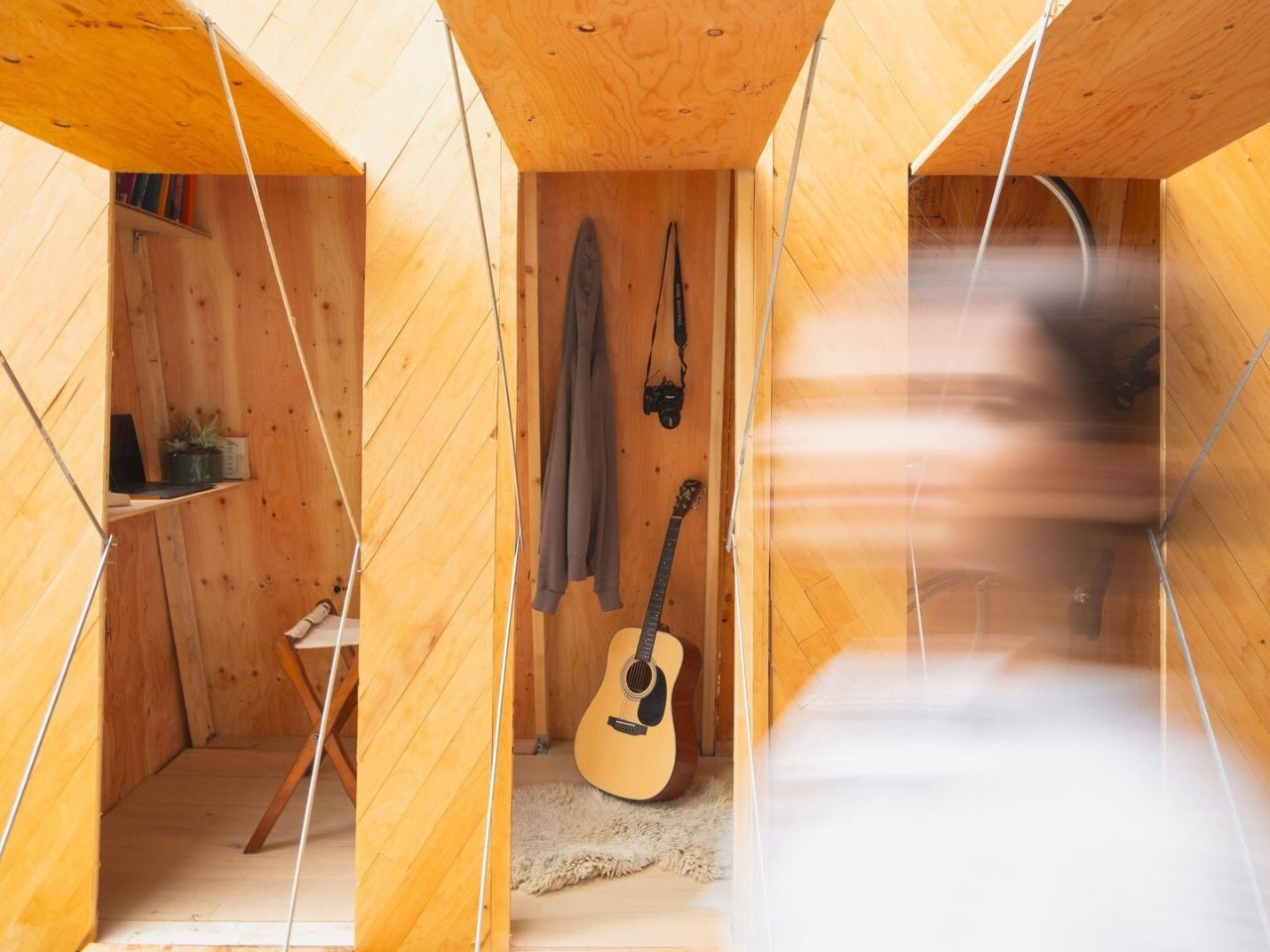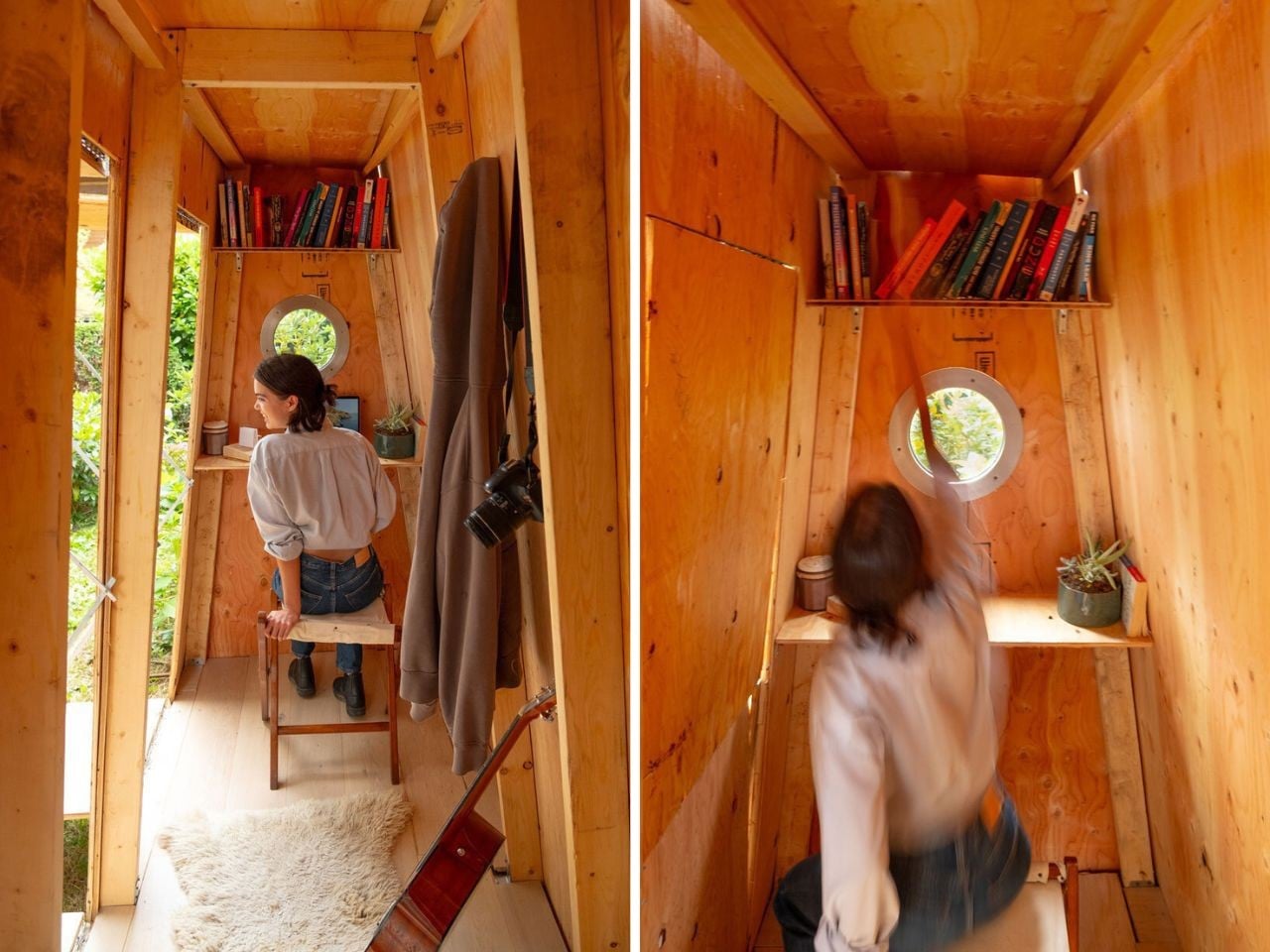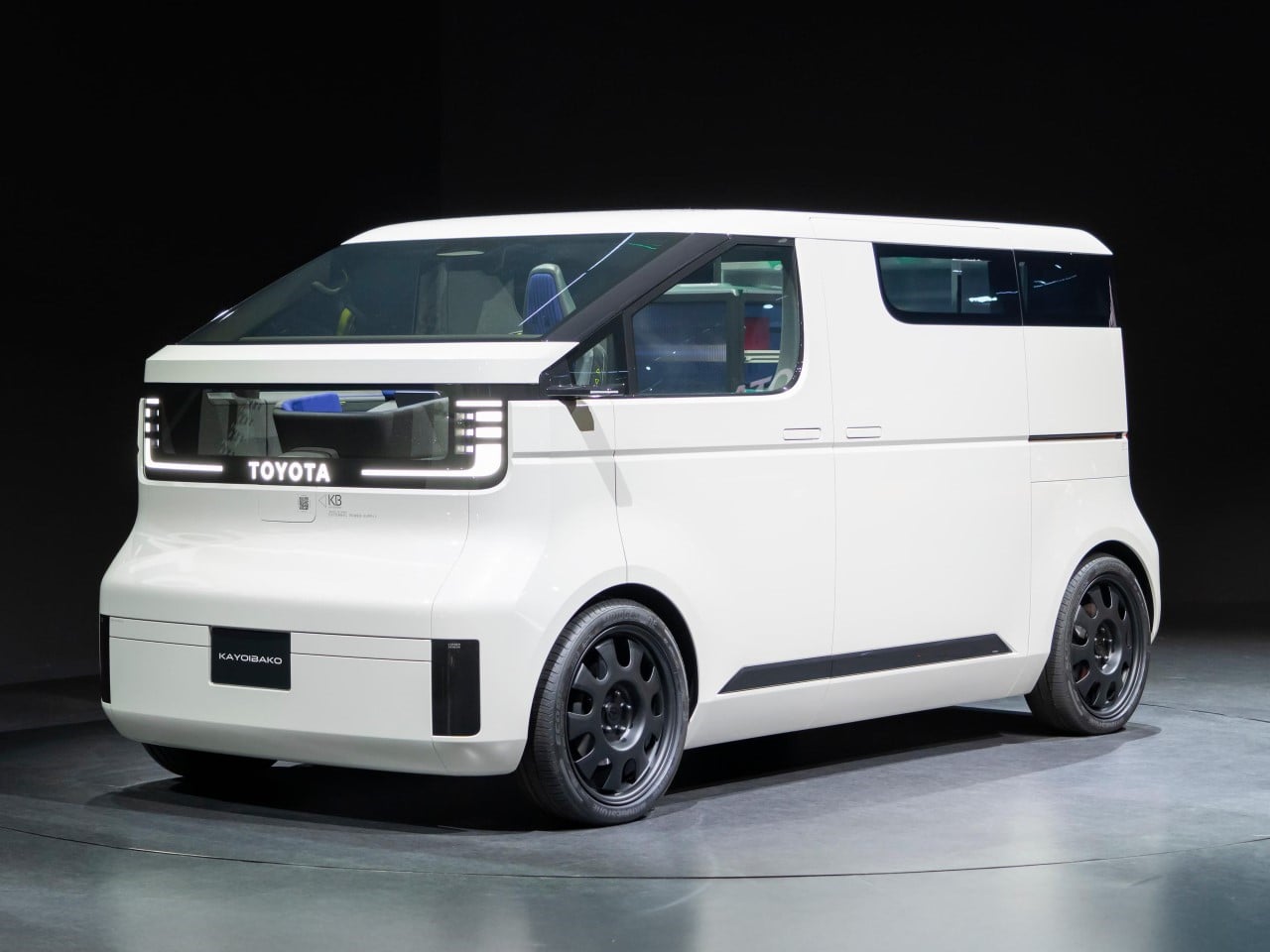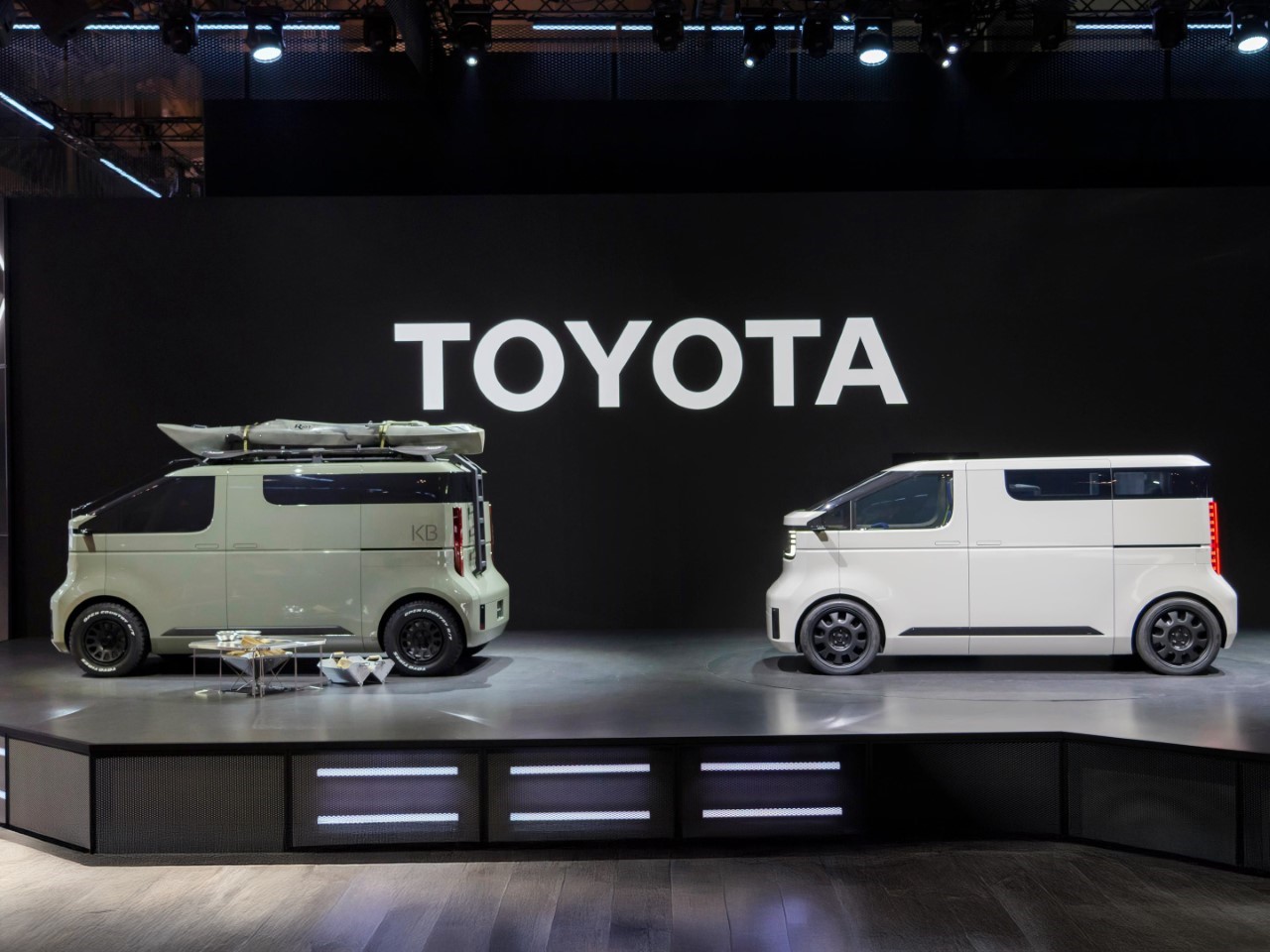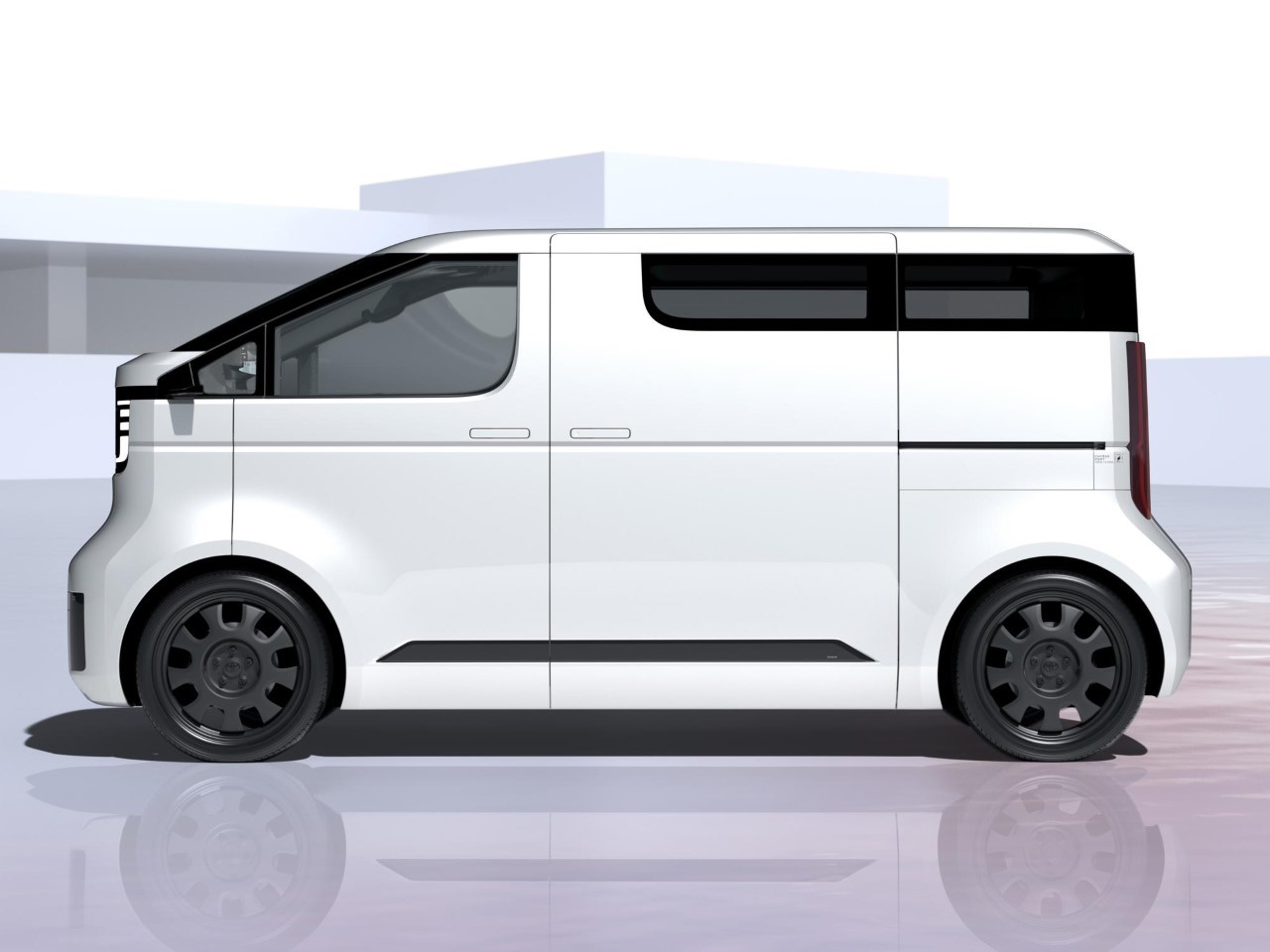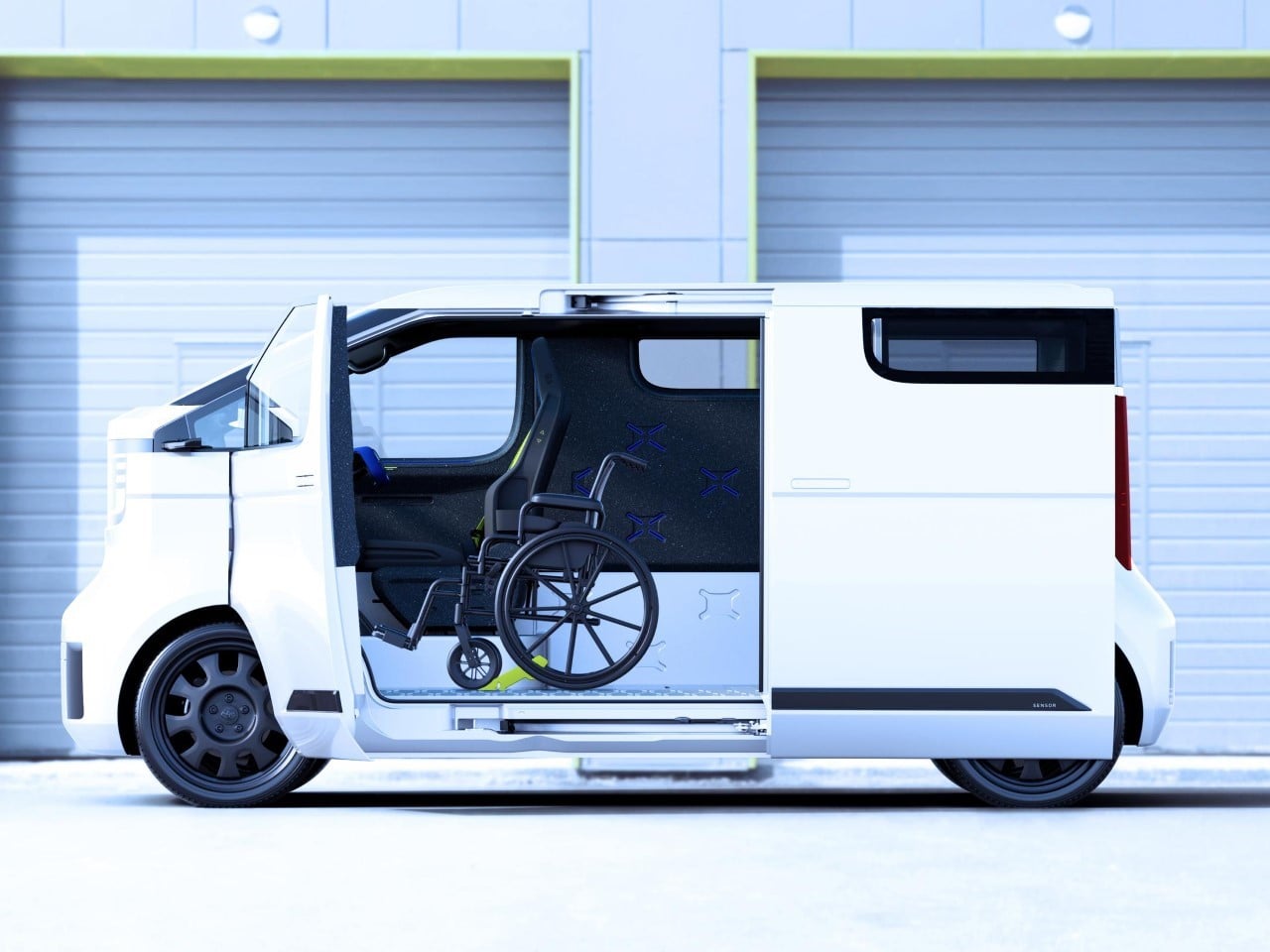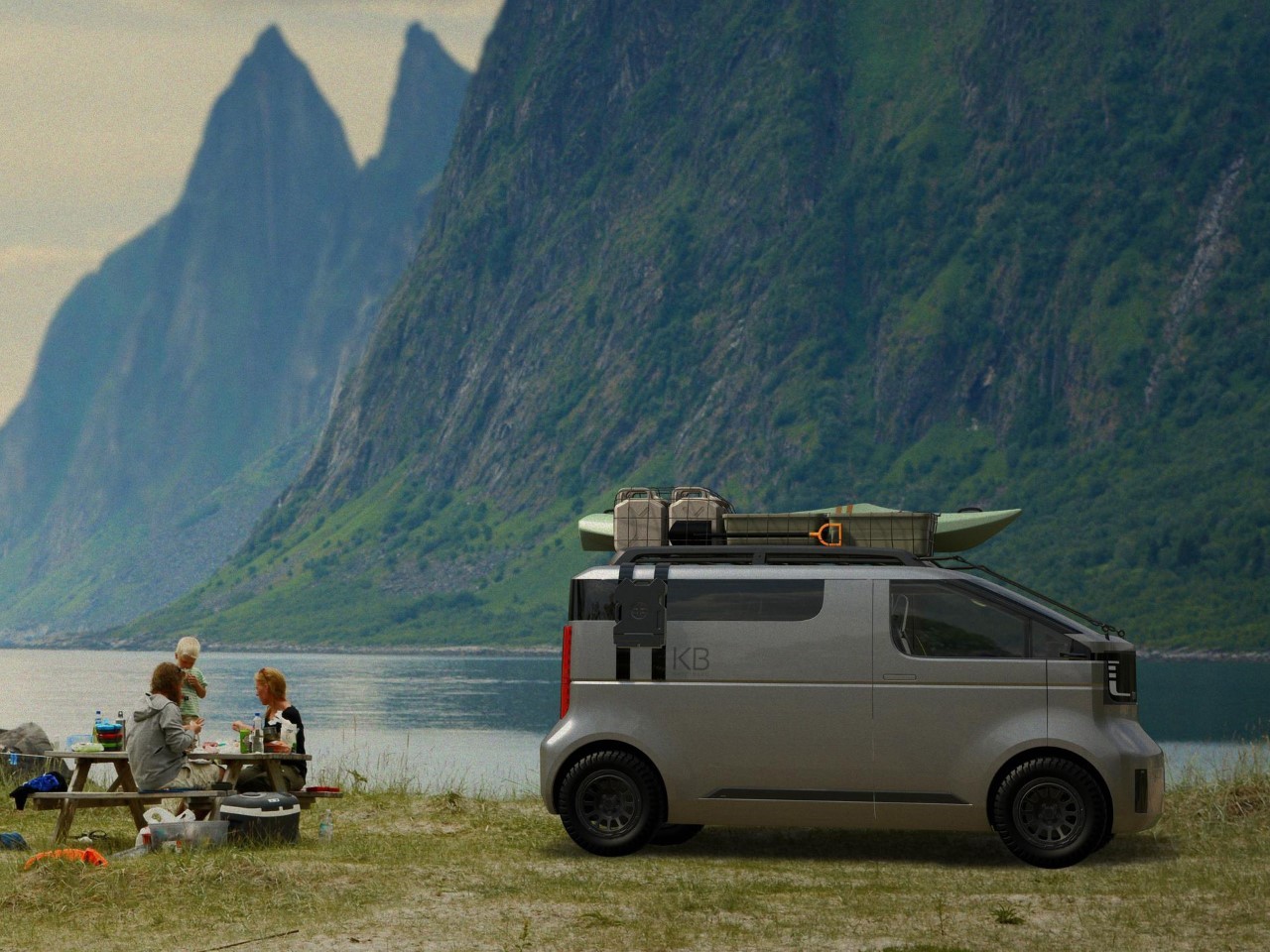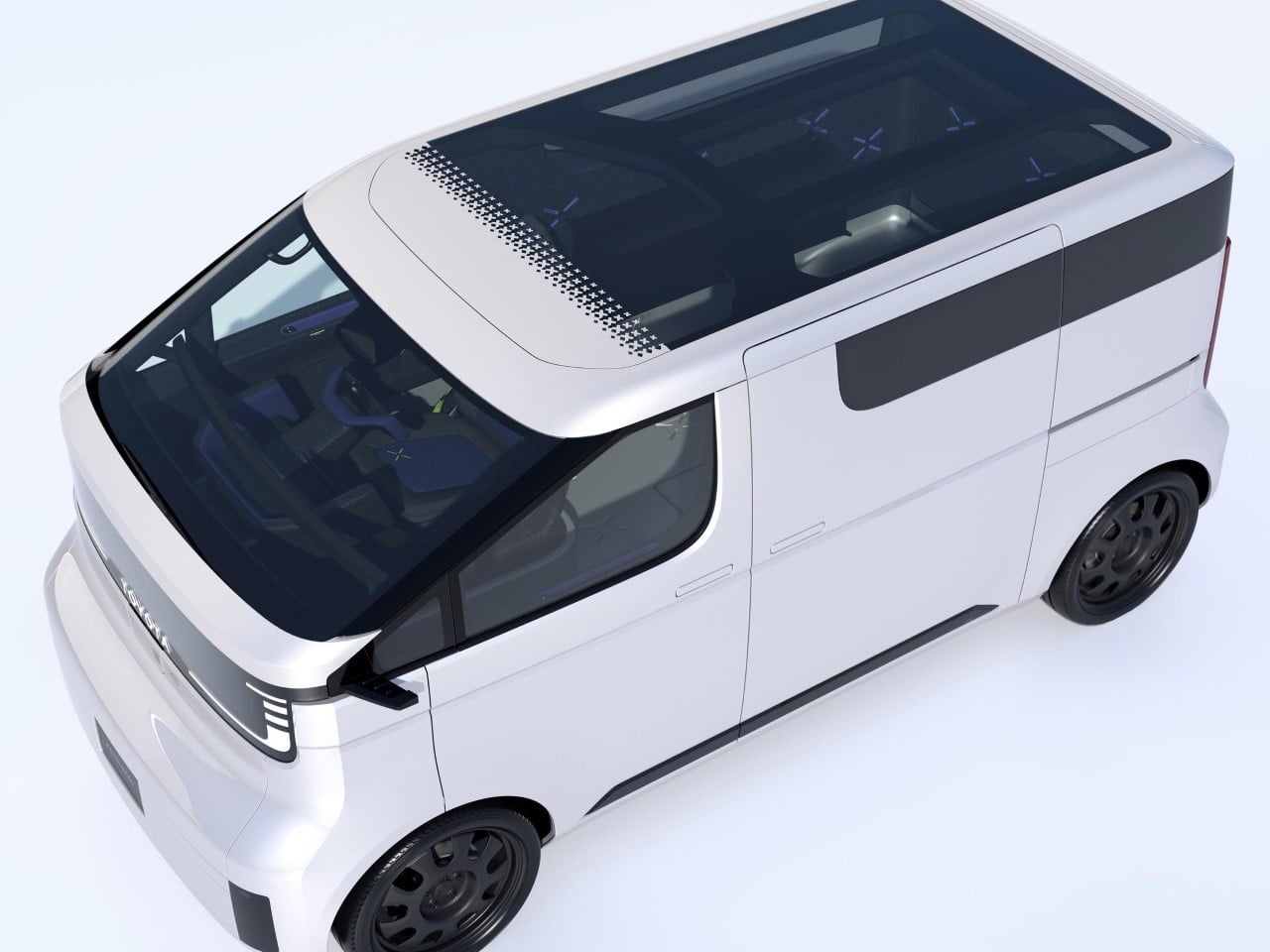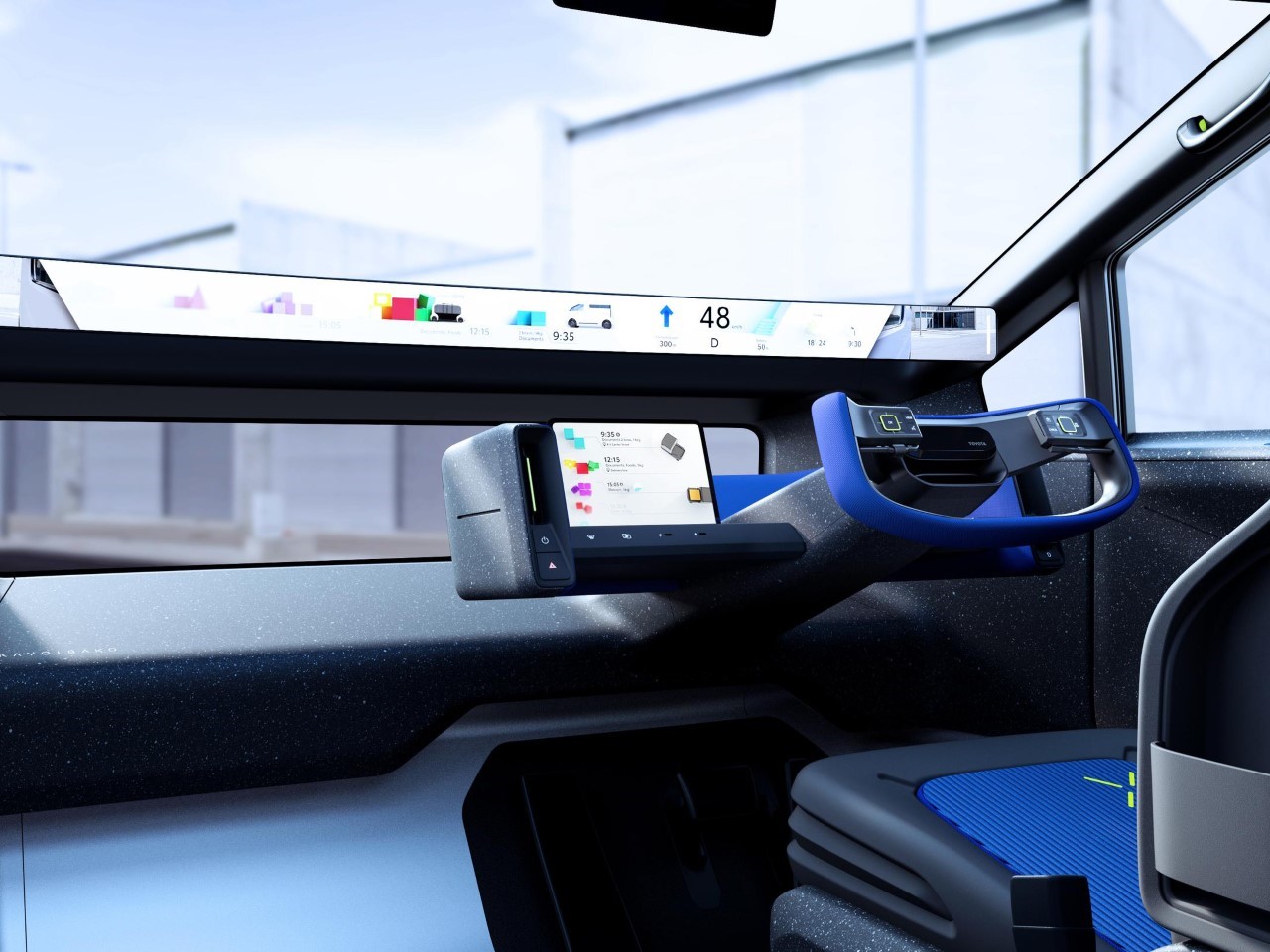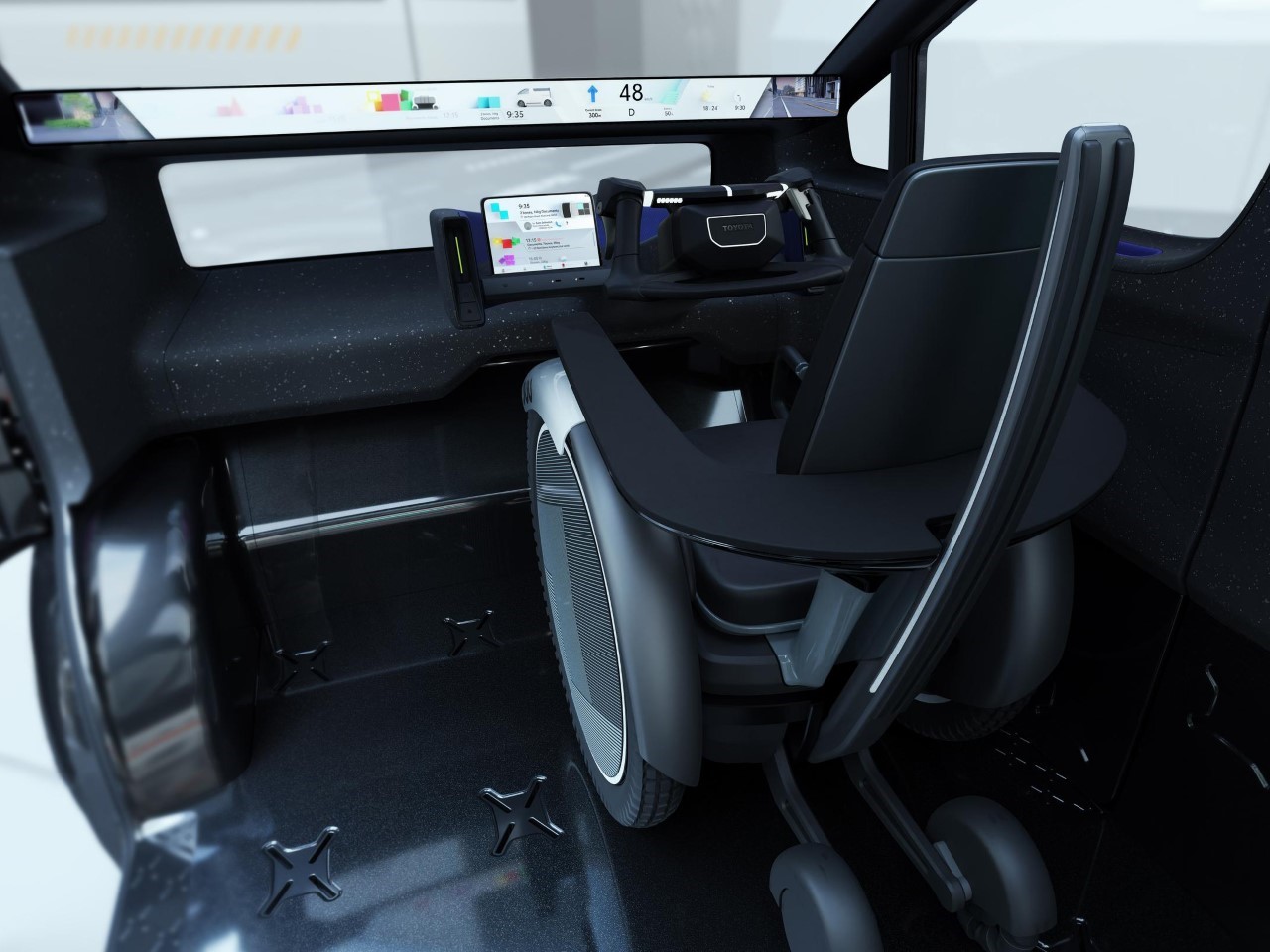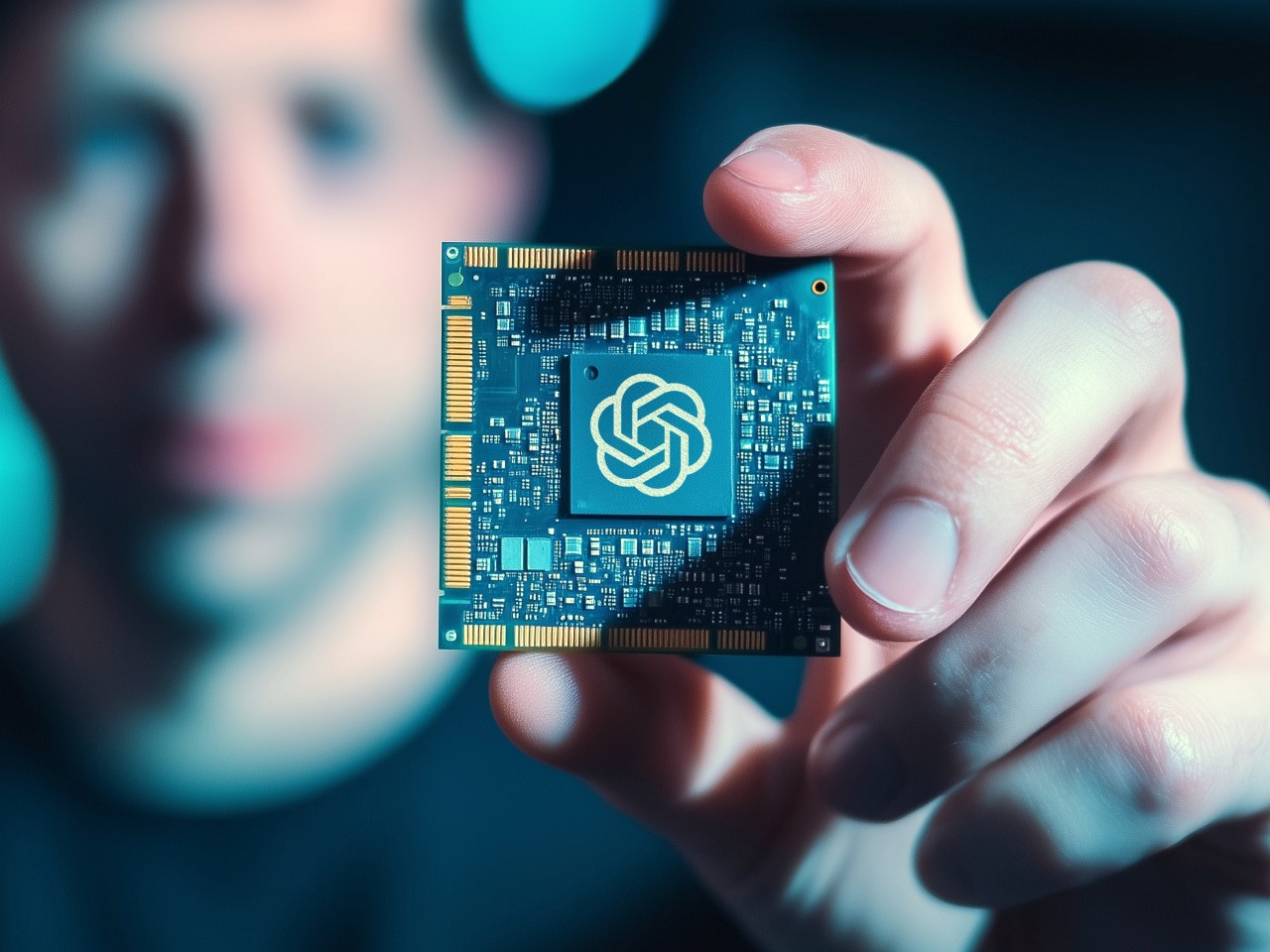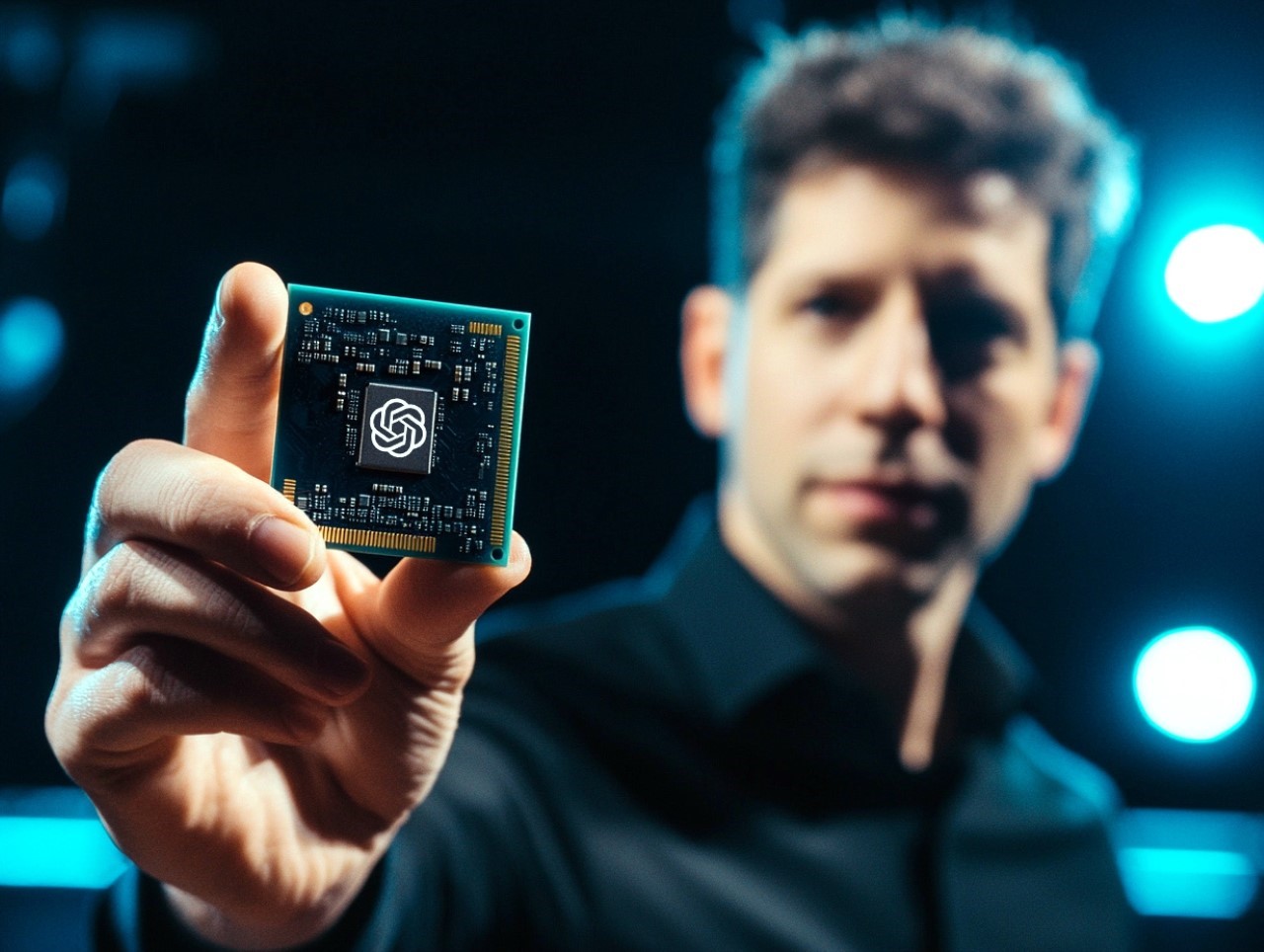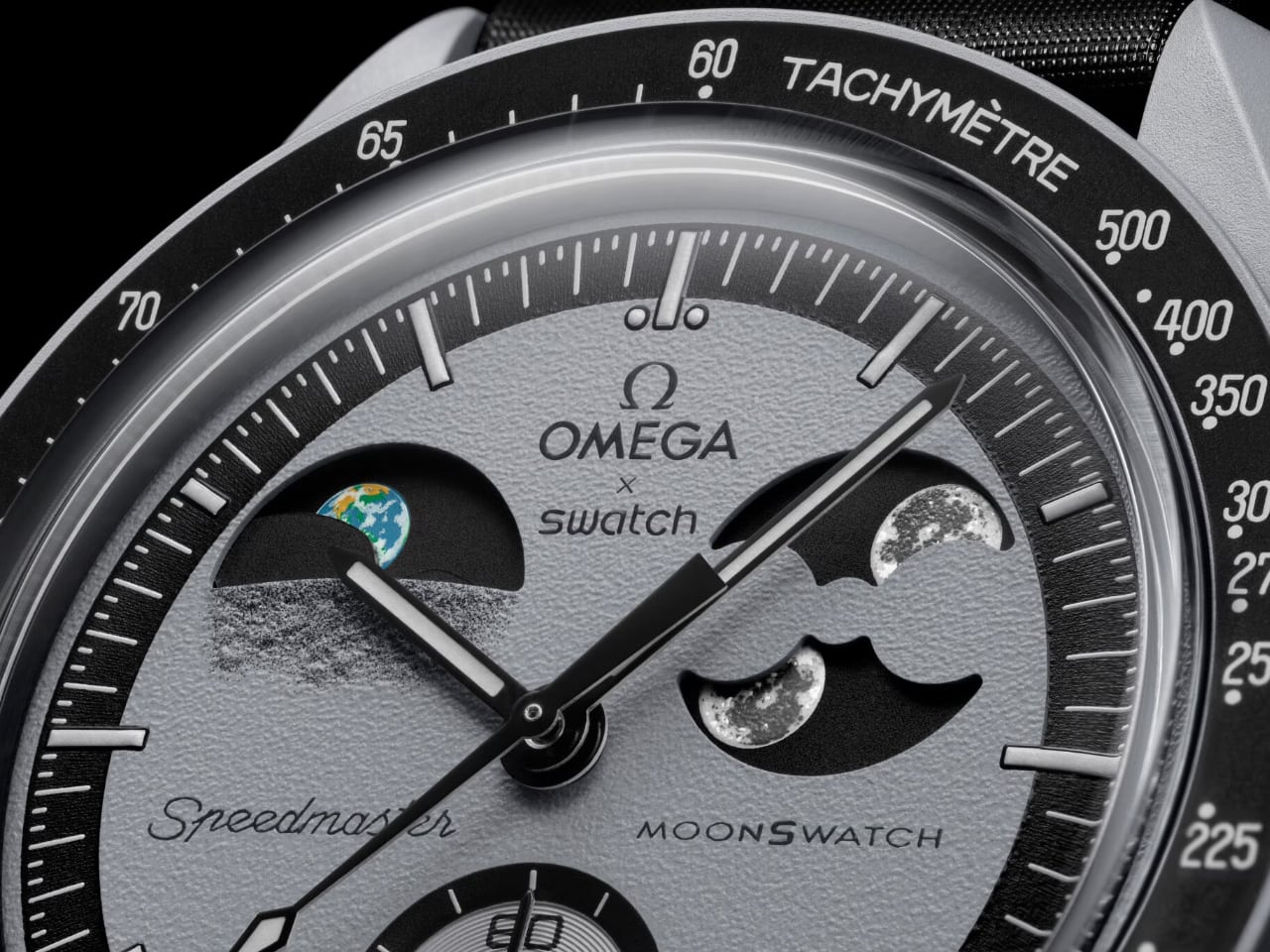
Omega and Swatch have introduced the Mission to Earthphase, a watch that illustrates Earth and Moon phases on a single dial. This latest addition to the MoonSwatch series features an innovative Earth phase complication, marking a first in watchmaking history. Designed to simulate how Earth appears from the Moon, the Mission to Earthphase pays tribute to the beauty of our planet as seen from space.
Designers: Swatch x OMEGA
From the dial’s textured gray surface to its intricately crafted Earth and Moon indicators, this watch is filled with details inspired by celestial mechanics. Beyond its aesthetic appeal, the Mission to Earthphase features a quartz movement tailored to manage these dual complications. Here, we’ll explore the design, how it works, and the unique movement that powers this timepiece.
A Design that Brings Earth and Moon Together
The Mission to Earthphase’s dial design immediately captures attention. Unlike traditional moonphase watches, which depict the phases of the Moon as seen from Earth, the Mission to Earthphase shifts perspectives. Positioned at ten o’clock, the Earth phase complication displays Earth’s phases as they would be viewed from the Moon, offering a unique perspective of our planet.

Image: Swatch
In this Earth phase indicator, continents and oceans are depicted in vivid colors. Oceans are treated with UV-reactive ink, glowing under ultraviolet light, creating a soft blue glow reminiscent of how astronauts describe Earth—as a glowing blue marble against the vastness of space. This glow captures the beauty and mystery of our planet. Landmasses are rendered with fine detail, presenting a vibrant and precise representation of the Earth’s surface.
Across the dial at the two o’clock position, the Moon phase indicator sits across the dial. Omega and Swatch have ensured that the Moon is represented with signature attention to detail. Two large depictions of the Moon glow in the dark thanks to Super-LumiNova treatment. This soft white glow adds a touch of mystique without overpowering the rest of the dial, enhancing visual appeal and ensuring legibility in low-light settings.
The Movement: Precision and Innovation
The Mission to Earthphase is powered by a unique quartz movement specifically engineered to support both Earth and Moon phase complications. Traditional moonphase watches use a simple mechanism to track the Moon’s 29.5-day cycle. However, Omega and Swatch took a more complex approach to incorporate both Earth and Moon phases.

Image: Swatch
The Earth phase rotates in the opposite direction of the Moon phase, accurately depicting how the Earth’s phases appear to an observer on the Moon. This reverse rotation reflects the actual orientation of Earth and Moon phases relative to each other.
The gearing system behind the Earth phase complication was calibrated to ensure synchronization with the Moon phase while operating independently. This design required Omega and Swatch to rethink the mechanics of dual-phase displays, resulting in a sophisticated and reliable movement.
Textured Dial and Classic Bezel for a Space-Inspired Look
The dial surface of the Mission to Earthphase features a grainy gray texture that replicates the rugged landscape of the Moon. This surface provides a tactile quality, grounding the watch in its cosmic theme and echoing the Moon’s cratered terrain. It connects the wearer to the idea of standing on the Moon and looking back at Earth.
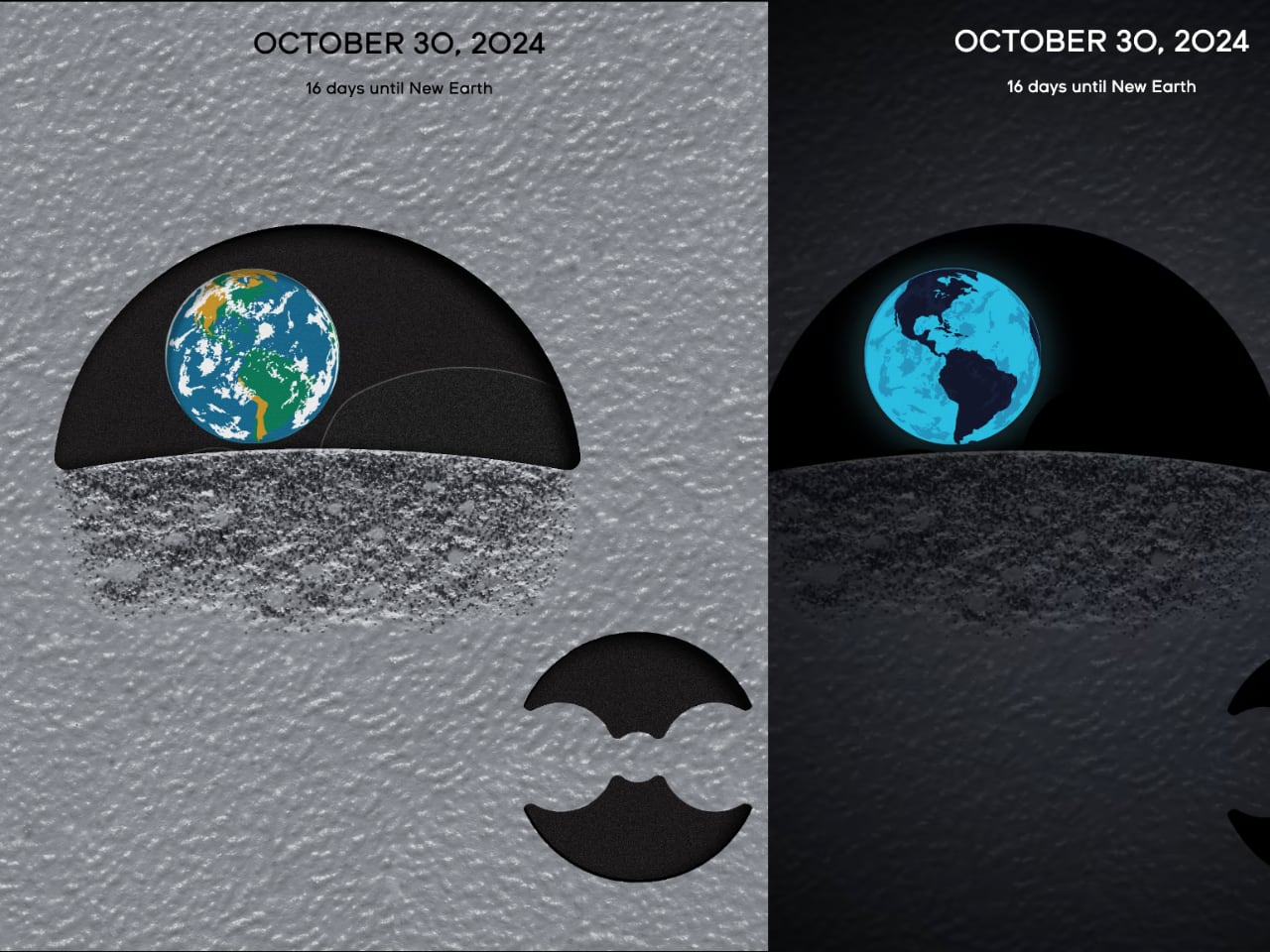
Image: Swatch
Surrounding the detailed dial is a black tachymeter bezel with light gray markers. This bezel contrasts with the textured dial, allowing the dial’s features to remain the focal point. The tachymeter scale adds a functional element, maintaining the chronograph heritage of Omega’s Speedmaster series while emphasizing the connection between space exploration and timekeeping.
Bioceramic Case and Space-Ready Strap
The Mission to Earthphase case is crafted from Bioceramic, a material that combines ceramic with bio sourced elements derived from castor oil. The 42-millimeter case has a light gray tone that harmonizes with the lunar-themed dial, adding a sense of cohesion. Bioceramic is lightweight and durable, making it ideal for a watch designed for comfortable wear while maintaining sophistication.
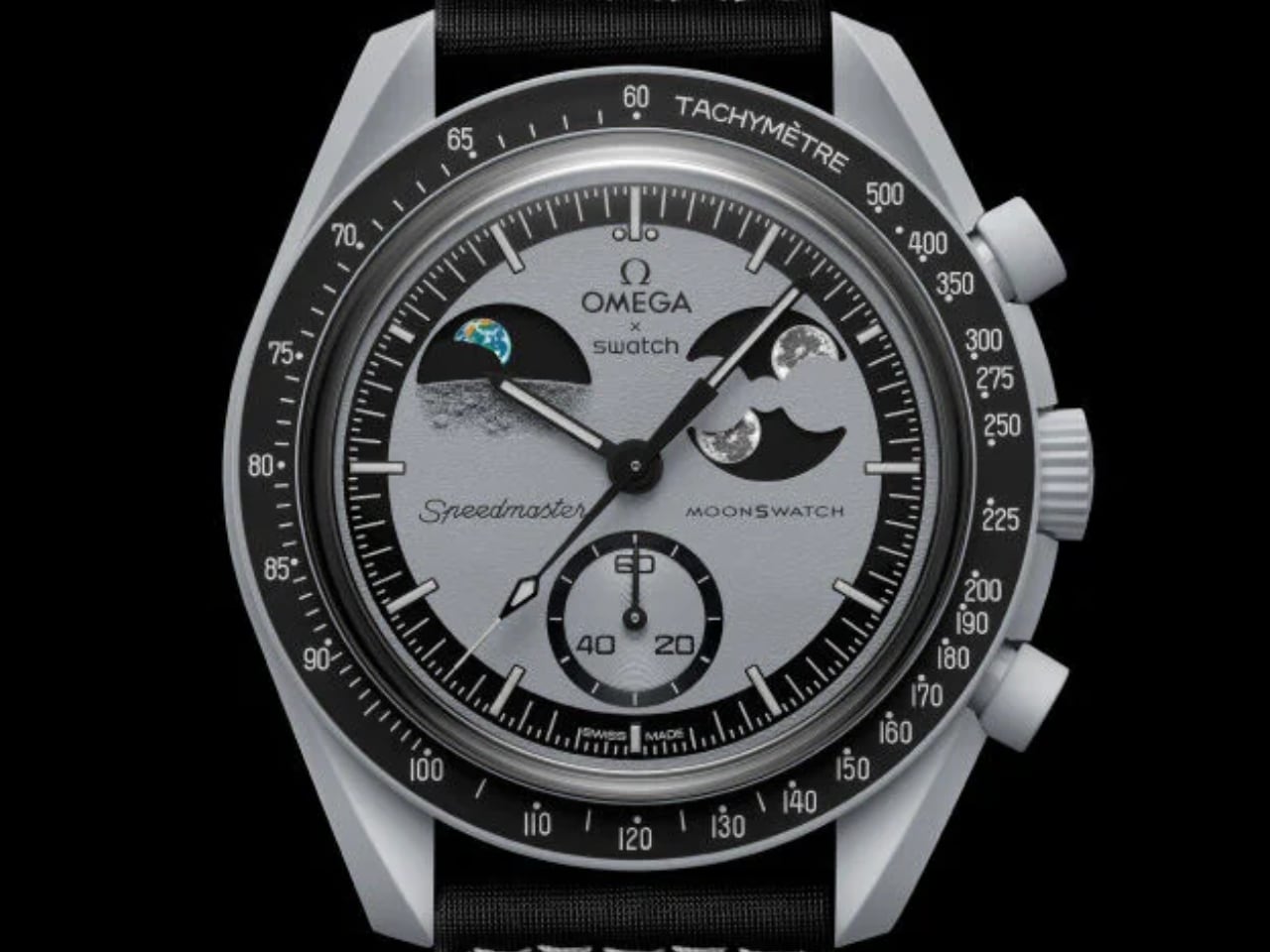
Image: Swatch
Swatch has equipped the Mission to Earthphase with a black Velcro strap stitched with light gray thread, providing comfort and adjustability for various wrist sizes. The strap draws from materials used in astronaut gear, adding an authentic touch of space-inspired practicality. The Omega and Swatch branding is visible on the strap, highlighting the partnership behind this watch.
The battery cover on the watch’s back is etched with an image of the Moon, complete with Neil Armstrong’s iconic footprint—a nod to the historic lunar landing.
The Mission to Earthphase runs on a quartz movement chosen for its precision and low maintenance requirements. While mechanical movements often carry a sense of tradition, the quartz option provides the accuracy needed to maintain Earth and Moon phase indicators. This aligns with Swatch’s approach of making accessible, high-quality designs without compromising performance.
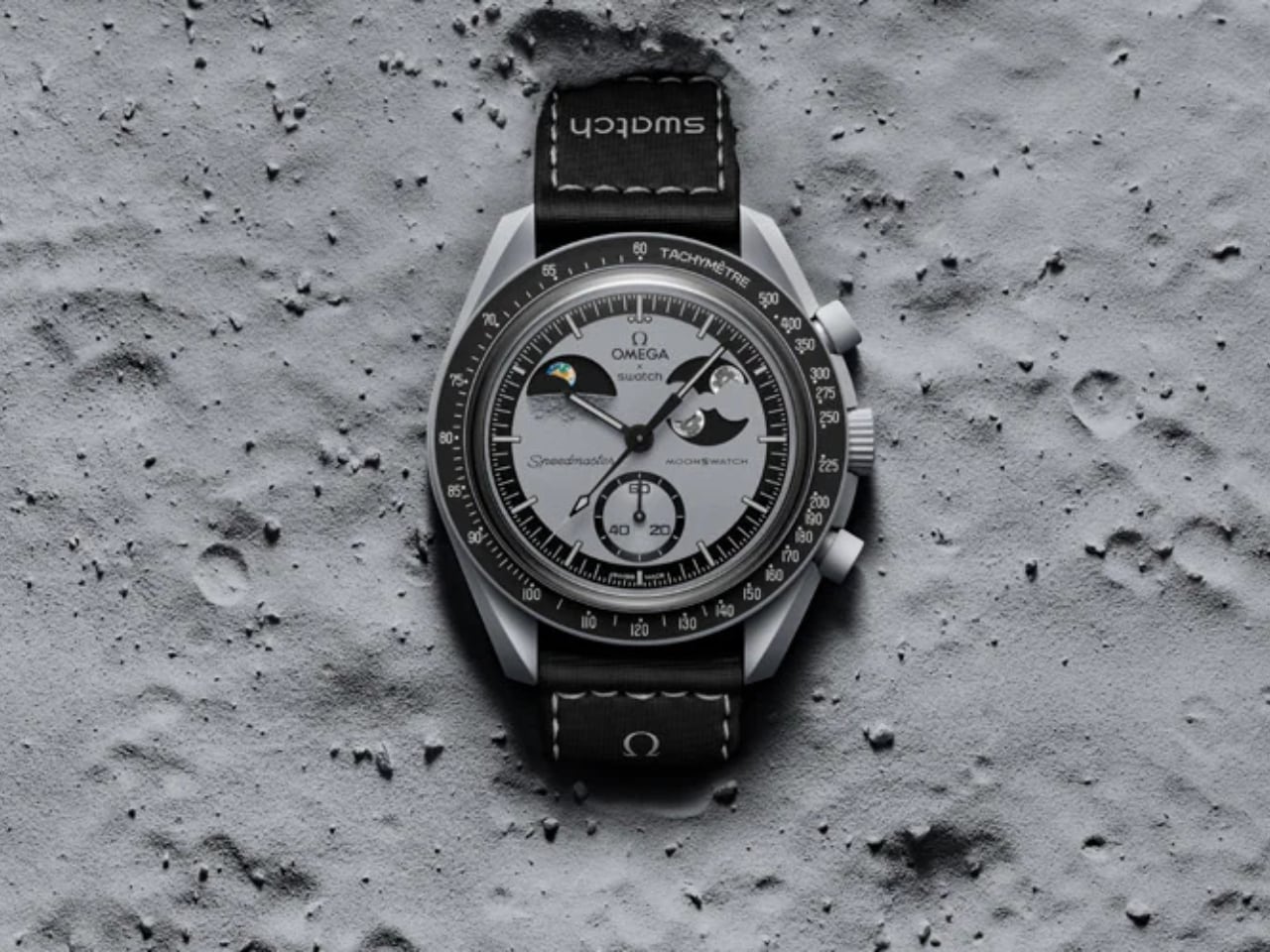
Image: Swatch
Quartz technology ensures that the Earth and Moon phases stay in perfect sync with real-world cycles, reducing the need for manual adjustments. This makes the Mission to Earthphase practical for everyday wearers who appreciate innovation without the upkeep of a mechanical movement. The stability and durability of quartz movement provide peace of mind, keeping the watch accurate with minimal intervention.
A Unique Achievement in Dual-Phase Display
The Mission to Earthphase showcases the Earth and Moon phases in a unified, independent rotation. This dual-phase complication exemplifies Omega and Swatch’s innovative engineering, clearly depicting Earth-Moon dynamics.
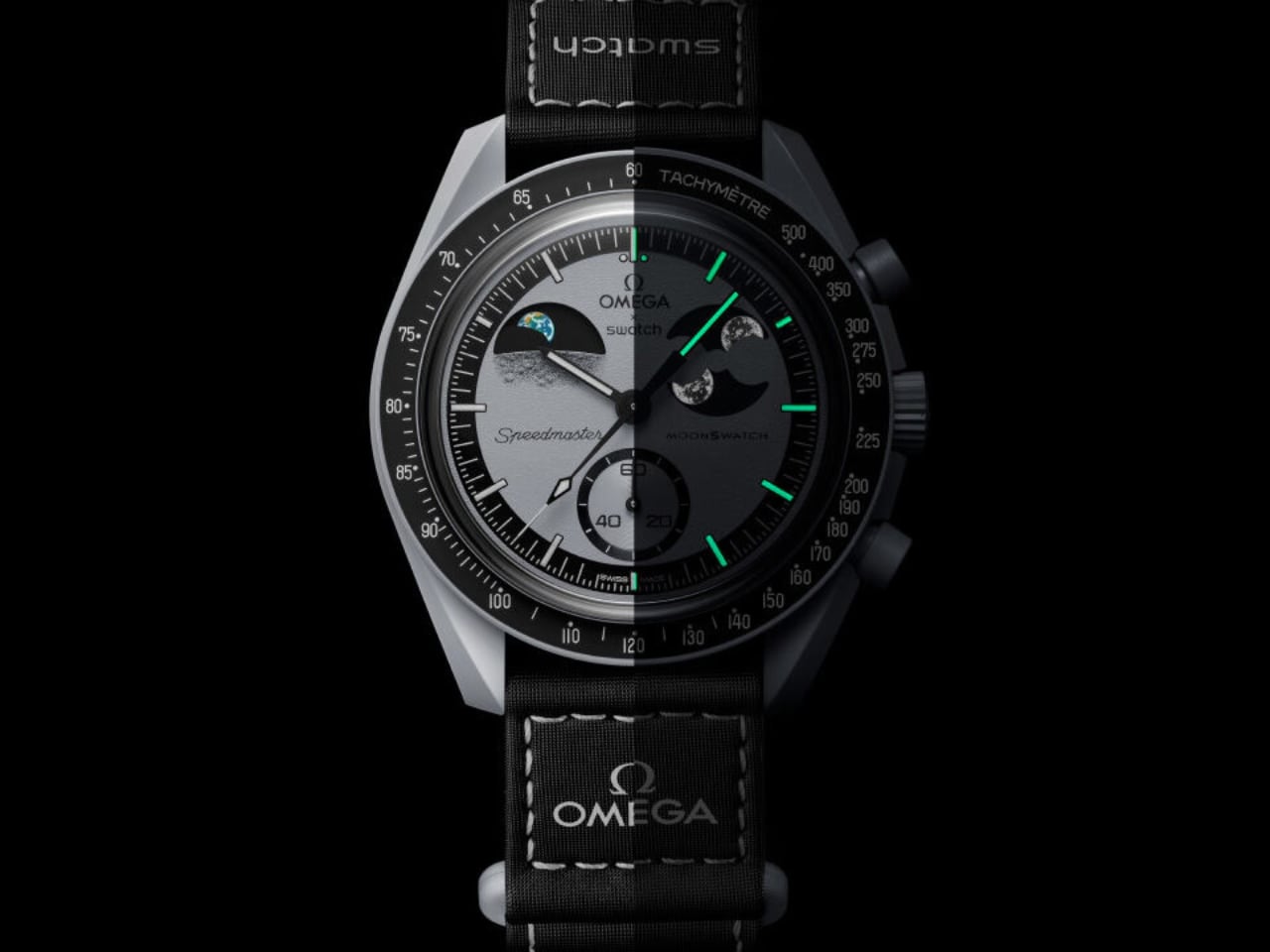
Image: Swatch
The Mission to Earthphase brings the cosmos to the wrist through its crafted dial, unique movement, and detailed design. Omega and Swatch provide a distinctive experience of the Earth-Moon relationship, blending technical precision with artistic vision.
The post Mission to Earthphase: The World’s First-Ever Dual-Phase Dial and Movement by Omega x Swatch first appeared on Yanko Design.
